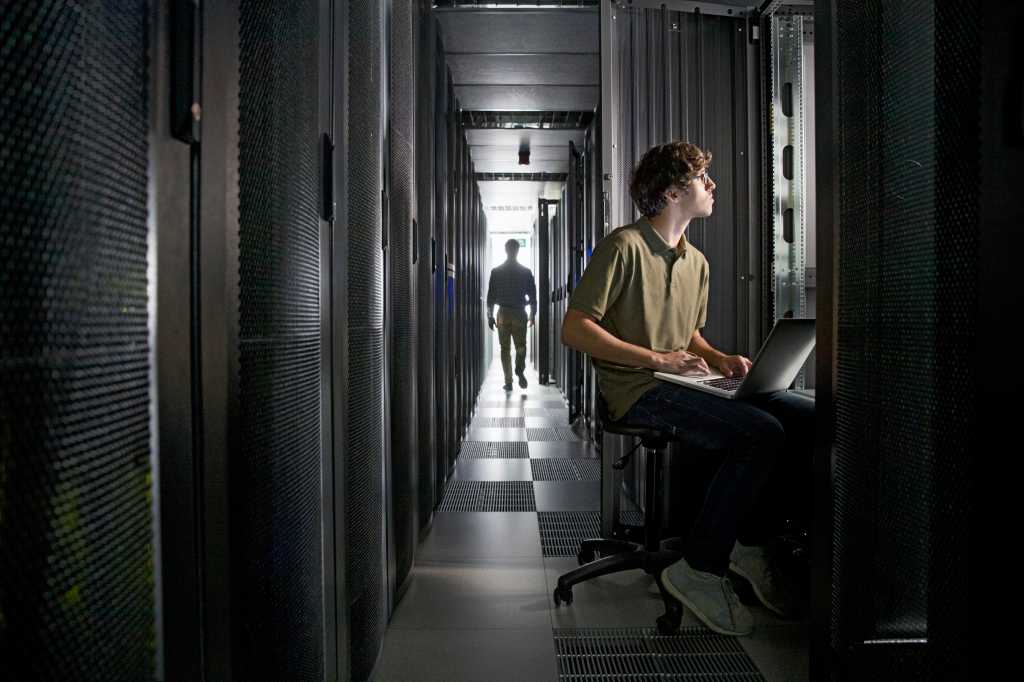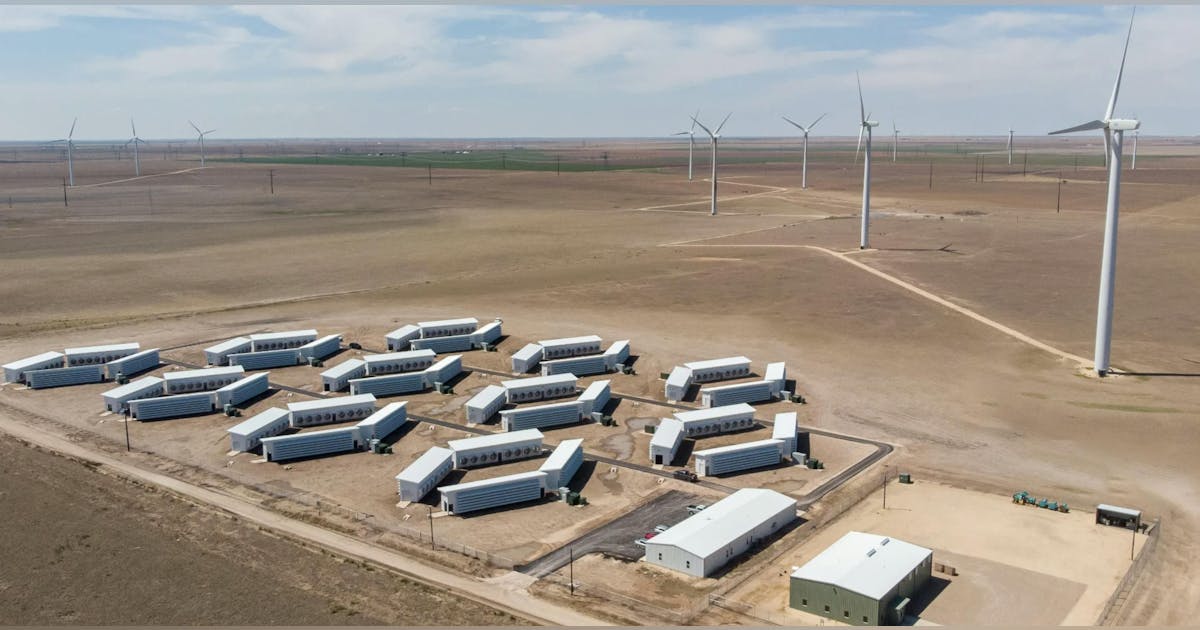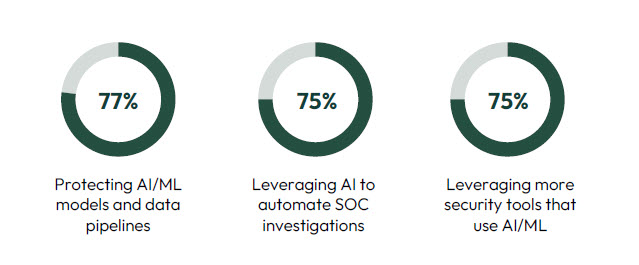This is today’s edition of The Download, our weekday newsletter that provides a daily dose of what’s going on in the world of technology.
A senior State Department official demanded records of communications with journalists, European officials, and Trump critics
A previously unreported document distributed by senior US State Department official Darren Beattie reveals a sweeping effort to uncover all communications between the staff of a small government office focused on online disinformation and a lengthy list of public and private figures—many of whom are longtime targets of the political right.
The document, originally shared in person with roughly a dozen State Department employees in early March, requested staff emails and other records with or about a host of individuals and organizations that track or write about foreign disinformation—including Atlantic journalist Anne Applebaum, former US cybersecurity official Christopher Krebs, and the Stanford Internet Observatory—or have criticized President Donald Trump and his allies, such as the conservative anti-Trump commentator Bill Kristol.
The broad requests for unredacted information felt like a “witch hunt,” one official says—one that could put the privacy and security of numerous individuals and organizations at risk. Read the full story.
—Eileen Guo
The US has approved CRISPR pigs for food
Most pigs in the US are confined to factory farms where they can be afflicted by a nasty respiratory virus that kills piglets. The illness is called porcine reproductive and respiratory syndrome, or PRRS.
A few years ago, a British company called Genus set out to design pigs immune to this germ using CRISPR gene editing. Not only did they succeed, but its pigs are now poised to enter the food chain following approval of the animals this week by the U.S. Food and Drug Administration. Read the full story.
—Antonio Regalado
This article is from The Checkup, MIT Technology Review’s weekly health and biotech newsletter. To receive it in your inbox every Thursday, sign up here.
The must-reads
I’ve combed the internet to find you today’s most fun/important/scary/fascinating stories about technology.
1 The US has closed a China tariff loophole
The costs of plenty of goods are likely to shoot up in response. (NYT $)
+ But China is still extremely dependent on US-made car chips. (WSJ $)
+ Chinese retail giant Temu is pivoting its business model. (Bloomberg $)
+ Sweeping tariffs could threaten the US manufacturing rebound. (MIT Technology Review)
2 DOGE’s future is looking uncertain
It’s fallen far short of its goal to slash $2 trillion in spending. (WP $)+ No more late-night ice cream for Elon Musk. (CNBC)
+ DOGE’s tech takeover threatens the safety and stability of our critical data. (MIT Technology Review)
3 Microsoft is hiking the price of its Xbox games console
By a whopping 27% in the US. (The Guardian)
+ Apple estimates that the tariffs will add $900 million to its costs. (WP $)
+ But Apple isn’t announcing any price increases (yet.) (TechCrunch)
+ Here’s what is—and isn’t—getting pricier under the tariffs. (Vox)
4 Tech giants have been accused of deliberately distorting AI rankings
A new study claims they’re making untrue claims about the best models. (New Scientist $)
+ It accuses benchmark organisation LM Arena of unfair practices. (TechCrunch)
+ The site’s operators refute the findings, saying its conclusions are wrong. (Ars Technica)
5 Europe wants to replicate America’s military-industrial complex
And US contractors are likely to benefit. (WSJ $)
+ US soldiers may finally be able to repair their own equipment. (404 Media)
+ Generative AI is learning to spy for the US military. (MIT Technology Review)
6 Elon Musk’s lawsuit against OpenAI will move forward
A judge rejected OpenAI’s attempt to dismiss the case. (FT $)
7 What a post-4Chan internet looks like
What was once contained to a tiny corner of the web is now commonplace. (New Yorker $)
+ How to fix the internet. (MIT Technology Review)
8 How North Korea infiltrates the US
Fully remote coders are not who they appear to be. (Wired $)
9 You no longer need a password to open a new Microsoft account
The company’s gone passkey-first. (The Verge)
10 Fecal transplants are a possible way to treat gut disease 💩
And the approach is becoming more mainstream. (Undark)
+ How bugs and chemicals in your poo could give away exactly what you’ve eaten. (MIT Technology Review)
Quote of the day
“What about the next Taylor Swift?”
—US District Court Judge Vince Chhabria questions how powerful musical AI tools will affect up-and-coming musicians during Meta’s copyright court battle, Wired reports.
One more thing

Your boss is watching
Working today—whether in an office, a warehouse, or your car—can mean constant electronic surveillance with little transparency, and potentially with livelihood-ending consequences if your productivity flags.
But what matters even more than the effects of this ubiquitous monitoring on privacy may be how all that data is shifting the relationships between workers and managers, companies and their workforce.
We are in the midst of a shift in work and workplace relationships as significant as the Second Industrial Revolution of the late 19th and early 20th centuries. And new policies and protections may be necessary to correct the balance of power. Read the full story.
—Rebecca Ackermann
We can still have nice things
A place for comfort, fun and distraction to brighten up your day. (Got any ideas? Drop me a line or skeet ’em at me.)
+ This is cool: scientists have successfully triggered a lightning strike using a drone. ⚡
+ It’s the age-old question—why do so many men refuse to wear shorts in hot weather?
+ The American accent that’s hardest for British actors to pull off seems to be either New York or Boston.
+ Happy 50th birthday to David Beckham, best of British.



















